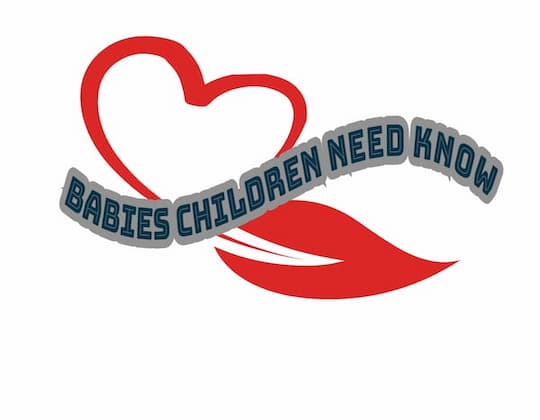which babies are at risk for sids
Sudden Infant Death Syndrome (SIDS) is one of the leading causes of death in babies ages 1 to 12 months, according to the Centers for Disease Control and Prevention (CDC).
However, certain babies are at higher risk than others from SIDS. If you’re worried about SIDS and whether your baby could be at risk, check out these facts about which babies are at risk for SIDS.
How to reduce baby risks
There are many baby products on today’s market that have been designed to help parents reduce their baby’s risks. You should know, however, that SIDS is a rare occurrence and cannot be completely prevented.
The best way to reduce your baby’s risks is to make sure he sleeps on his back and that you follow safe sleeping practices.
This may include not smoking around your baby or in your home, keeping blankets out of his crib, and knowing when you should take him in for a checkup.
It can also help to sleep with your baby in your room until he reaches six months old, as well as avoid putting other items in his bed (such as soft toys).
In addition, doctors recommend removing all loose-fitting sheets from your child’s crib because they increase risk by providing an area where your child could potentially get stuck.
While these steps may seem daunting right now, they will become second nature once you get into a routine and learn what works best for both you and your little one. After all, safety comes first!
What Are The Risk Factors For SIDS?
You’ve probably heard of SIDS (Sudden Infant Death Syndrome), and you’re probably concerned that your baby may be at risk.
However, while not all parents hear about SIDS in their pediatrician appointments, certain things can increase your baby’s chance of dying from SIDS.
Read on to learn more about these risks.
One of them is a fact many new moms find surprising: breastfeeding reduces SIDS risk by as much as fifty percent! We’ll talk about how in just a bit.
The medical community has been working hard to figure out why infants suddenly die in their sleep for no apparent reason, but there is still much we don’t know about SIDS.
Put Baby To Sleep on Their Back
Babies under a year old should always sleep on their backs. Studies show that placing your baby on his or her back greatly reduces their chances of SIDS (Sudden Infant Death Syndrome).
An infant who sleeps on his or her stomach is four times more likely to die from SIDS than one who sleeps on his or her back.
If you have older children, it’s important to remember that your infant can roll onto their stomachs and should be checked during naps and nighttime.
Always Use a Firm Mattress
Babies should sleep on a firm, flat mattress that fits their crib snugly.
The American Academy of Pediatrics (AAP) advises parents to always use a firm mattress with a tight-fitting sheet.
Experts also recommend that you choose a safe sleeping environment: avoid soft surfaces such as bean bags, thick blankets, and soft toys. Babies have died when they have suffocated in these types of environments.
Keep Soft Objects Away From Baby
Just as you wouldn’t give a toddler an unsupervised knife, don’t leave newborns alone with soft, squishy objects.
Anything that can fit into a baby’s mouth should be kept out of his or her bed or crib, Dr. Girod says.
Swaddling May Not Be Safe for Infants Under 6 Months Old
The American Academy of Pediatrics recommends that mothers and fathers refrain from swaddling their newborns until they’re at least six months old.
In fact, AAP notes that excessive swaddling could even be linked to sudden infant death syndrome (SIDS).
And while it might seem like a good idea to keep your bundle of joy confined so they don’t thrash around and hurt themselves, studies suggest that unswaddled infants actually have lower rates of SIDS than their bundled counterparts.
Parents Should Avoid Putting Themselves At Risk For SIDS
According to SafeKids Worldwide, more than 3,000 infants die each year from SIDS, accounting for two percent of all infant deaths.
One in every one thousand infants will die from SIDS.
The leading cause of death among infants is due to unsafe sleep environments.
About 90 percent of SIDS deaths occur in babies less than six months old, who are too young to have outgrown their need for swaddling or placing on their side to sleep.
Reduce Stress in Your Life While Raising a Baby
Reducing stress in your life can greatly reduce your baby’s risk of SIDS.
To reduce stress, spend time with family and friends you trust, get plenty of sleep (as much as possible!), exercise regularly, and try to keep a positive attitude.
While you may think exercise would cause more stress, being active can actually decrease anxiety in new mothers.
Exercise also helps promote a healthy immune system, which is critical to fighting off infections that could put your infant at risk.


Comments
Post a Comment